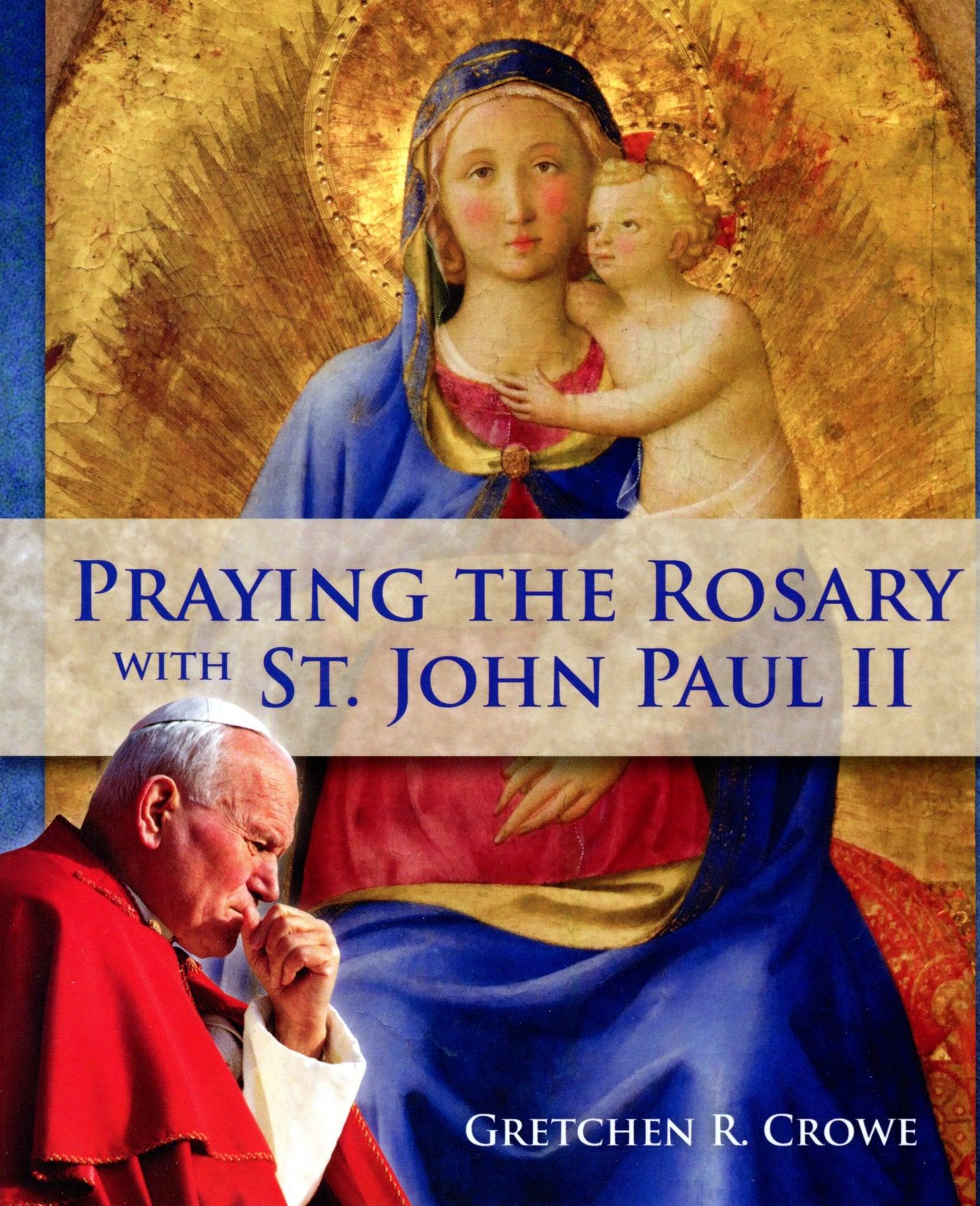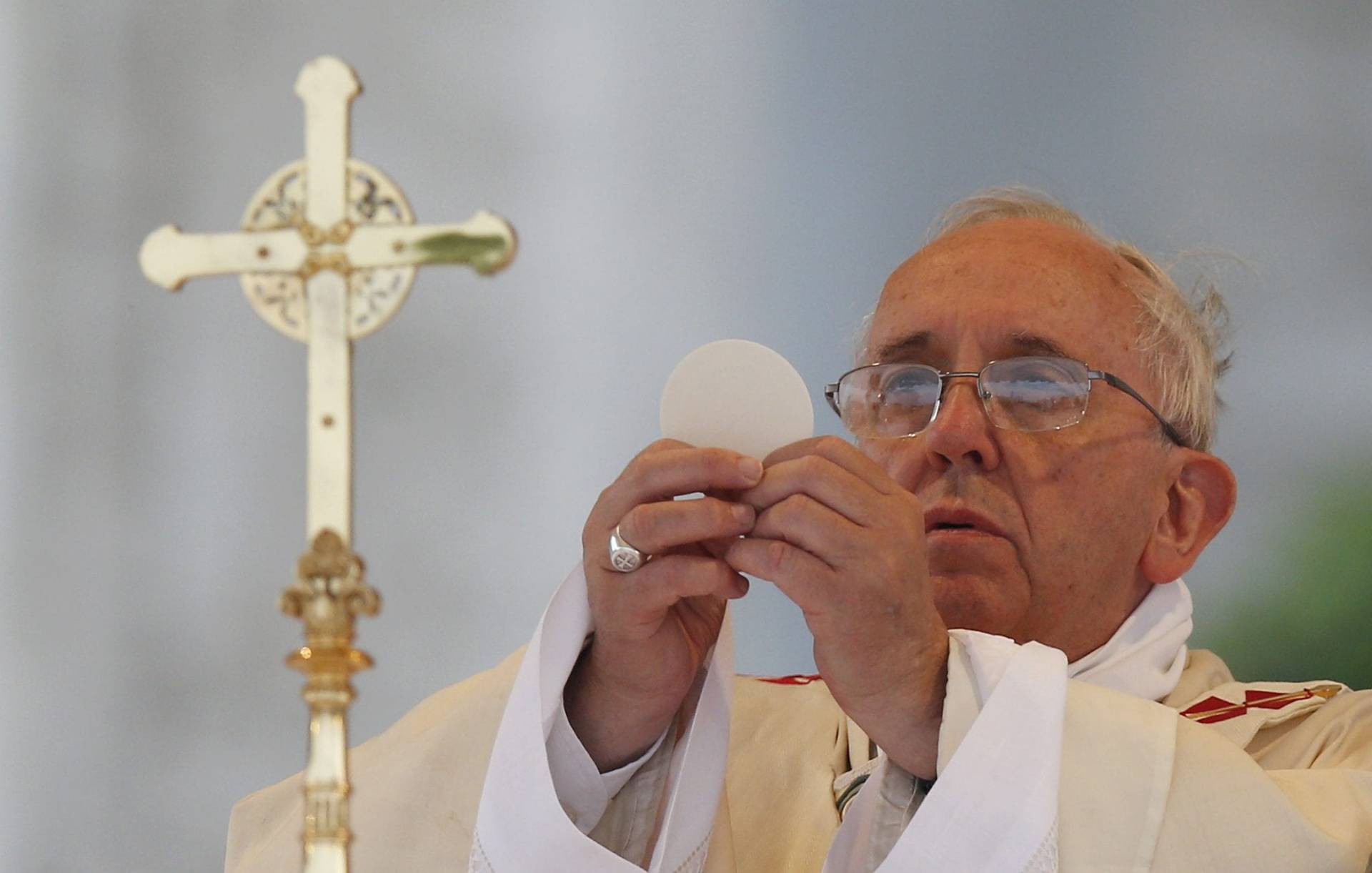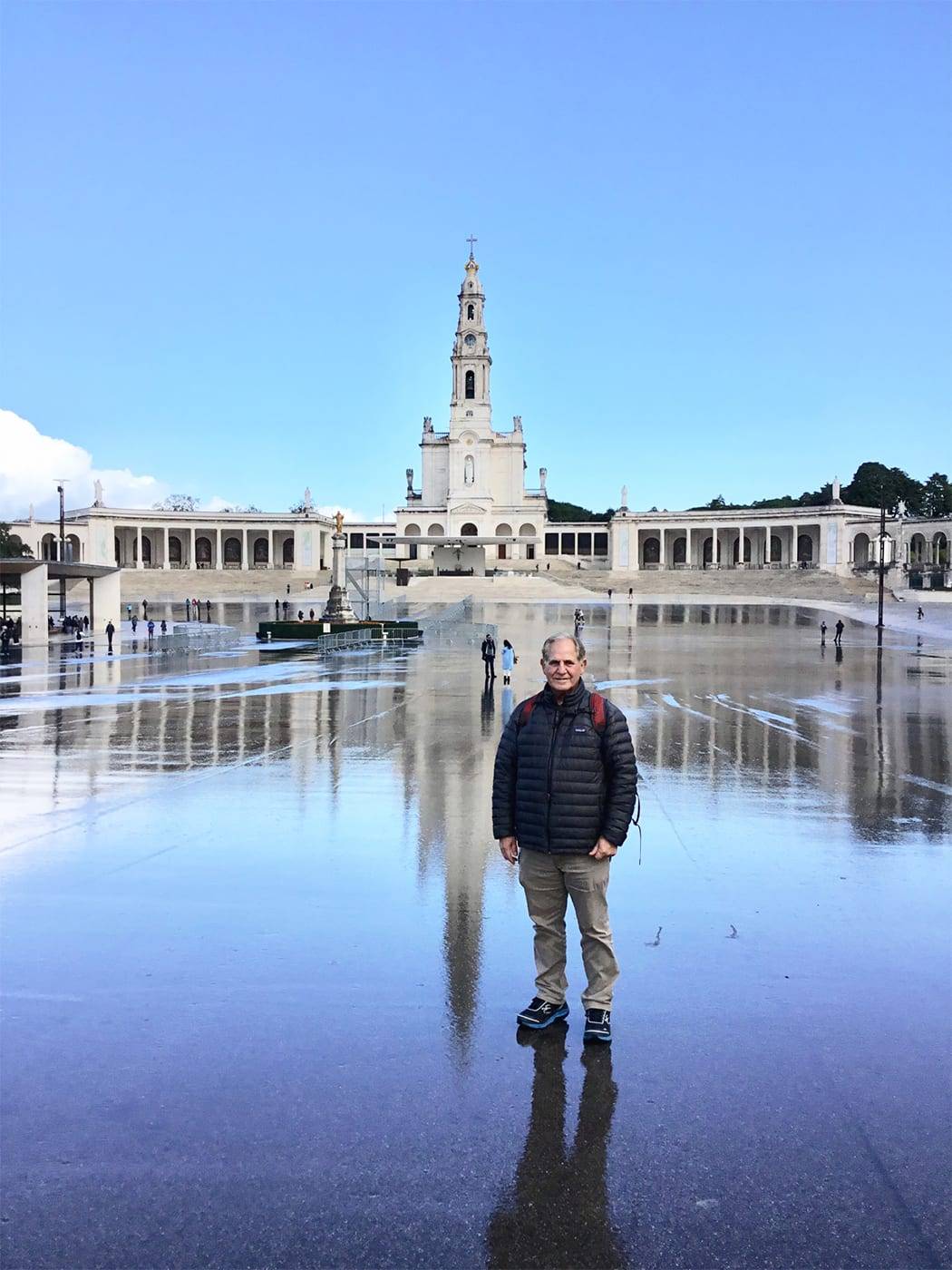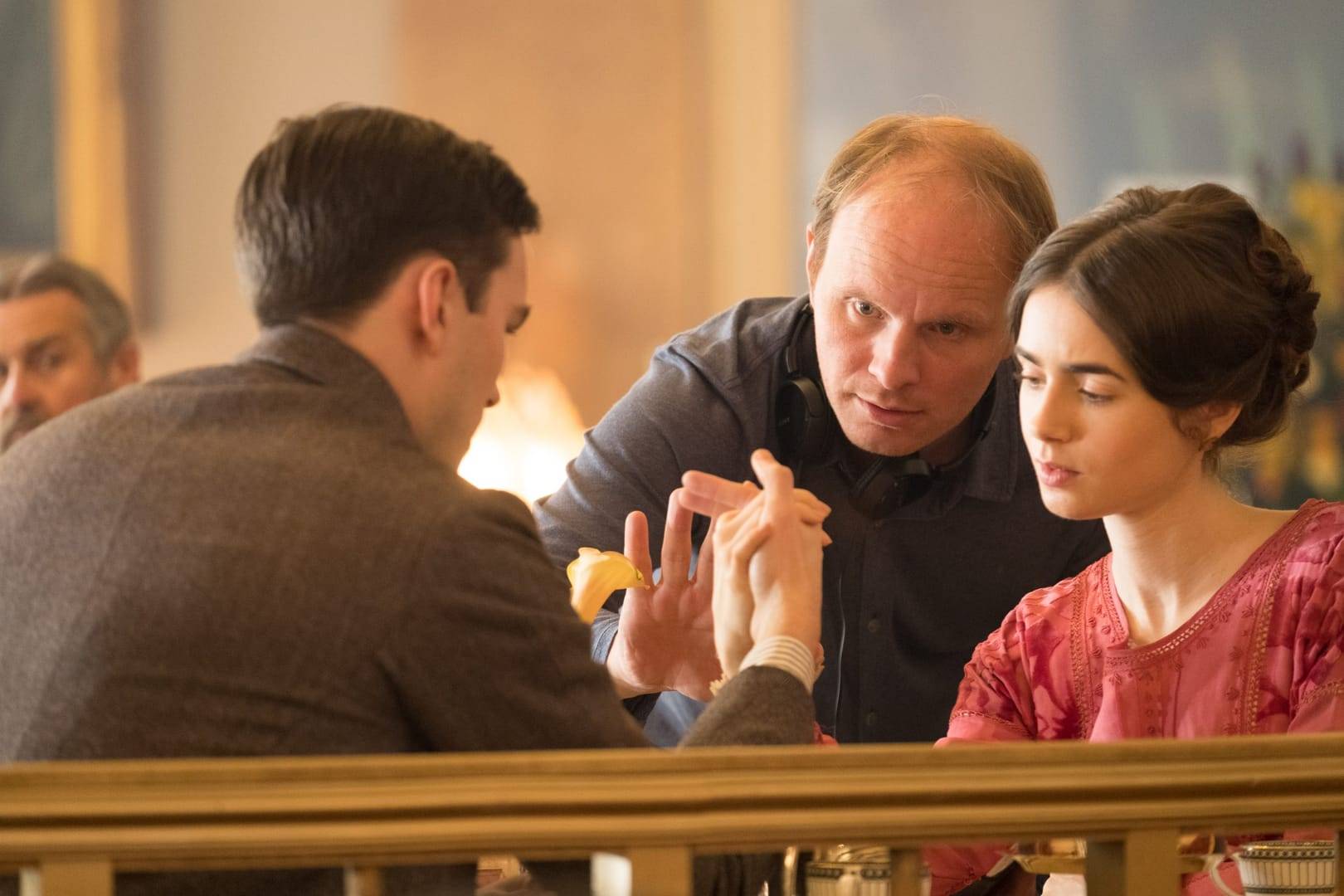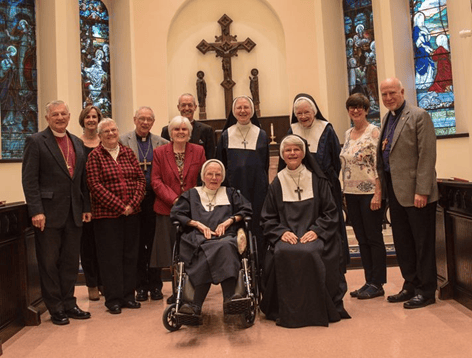OMAHA BEACH, Normandy — I’d seen “Saving Private Ryan” and “The Longest Day” and read in history books, like everyone else, about the great Normandy invasion. On its 50th anniversary, June 6, 1994, I learned, stunned, that my best childhood friend’s father was among the first soldiers to land on Omaha Beach, the bloodiest, disaster beach. But unlike some who exaggerate their wartime heroics, Glen King humbly told a Cape Cod Times reporter about men throwing up in helmets in rough seas and nearly drowning when amphibious landing crafts dumped them in water over their heads. He said he found a trench in the sand and stayed there until the shooting stopped. He was 21.
Still, none of that prepared me for what it was actually like to see the Normandy beaches, the cliffs, the massive concrete German bunkers with slits looking out to the sea, the barbed wire that looked almost new, the pictures of the fallen along the walkways there: Sgt. Walter Geldon, Company C, 2nd Ranger Battalion, a 23-year-old steel worker from Bethlehem, Pennsylvania. June 6th was his third wedding anniversary. Rangers sang him songs to celebrate before landing on Omaha Beach, where Geldon was killed within seconds of reaching shore. His widow Anna died in 2002, aged 78, and was buried at his side.
Nothing prepared me either for seeing the graves of 9,387 Americans — 9,387 — yet just a fraction of the 400,000 plus who died in the war. Row upon row of clean, cool, smooth and blazing white marble crosses and Stars of David. The dead are not separated by rank. Officers and enlisted men lie beside each other, 45 sets of brothers, 33 of them side by side. There is one father and son buried here, too: Colonel Ollie Reed, 115th Infantry, and 1st Lt. Ollie Reed Jr., 163rd Infantry.
Separate telegrams announcing their deaths reached the Kansas home of Mildred Reed, the father’s wife and the son’s mother, 45 minutes apart.
We hear a lot about America neglecting its parks and landmarks. Not so this emerald field overlooking the hauntingly peaceful Omaha Beach. The evergreens are clipped with straight edges. The flowerbeds, even in March, are budding and perfectly trimmed. Your eye marvels at how exactly the crosses line up any way you look. Side to side, front to back, diagonally, like the precision of soldiers carrying a fellow veteran’s coffin, step by exact step. It is so quiet, a poignant, powerful, yet tender quiet. Even the schoolchildren visiting the day I do are hushed, respectful to souls that may still hover. And it does feel like some are hovering. At noon the bells toll. Then the bells play “Anchors Aweigh.”
At one end of the 172-acre cemetery is a 22-foot bronze statue titled “The Spirit of American Youth Rising from the Waves.” It symbolizes the very youthful soldiers who came out of waves to face bullets from the bunkers above. “Mine Eyes Have Seen the Glory of the Coming of the Lord,” reads the inscription at its base.
At the other end of the cemetery is a small limestone and granite circular chapel. Above the door is an engraved replica of the Medal of Honor, the United States’ highest military honor. Above the black marble altar is another inscription: “Thru the gate of death may they pass to their joyful resurrection.”
But of course the soldiers buried here passed through the gate of that death far too young, many just teenagers. Now, as then, the dead were sent off to fight by older men who faced no bullets or bombs. Now we send to war not tens of thousands, but just a tiny slice of America. And now, unlike then, the rest of us go on about our lives while young warriors go off to fight, not once, but over and over again.






